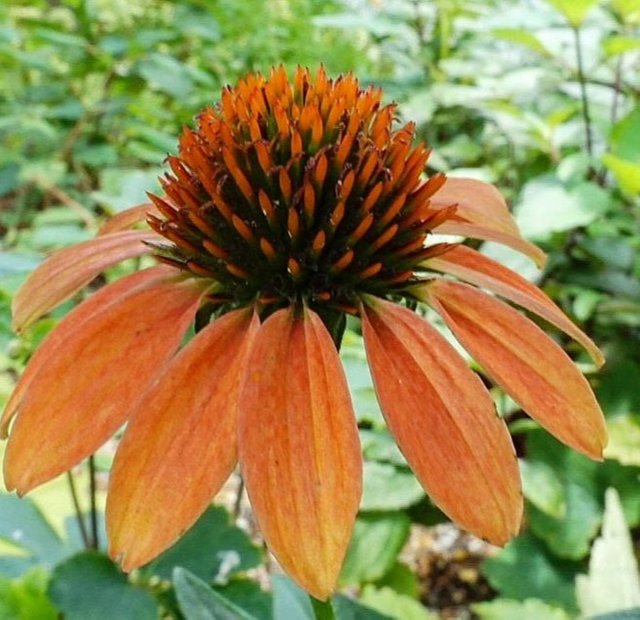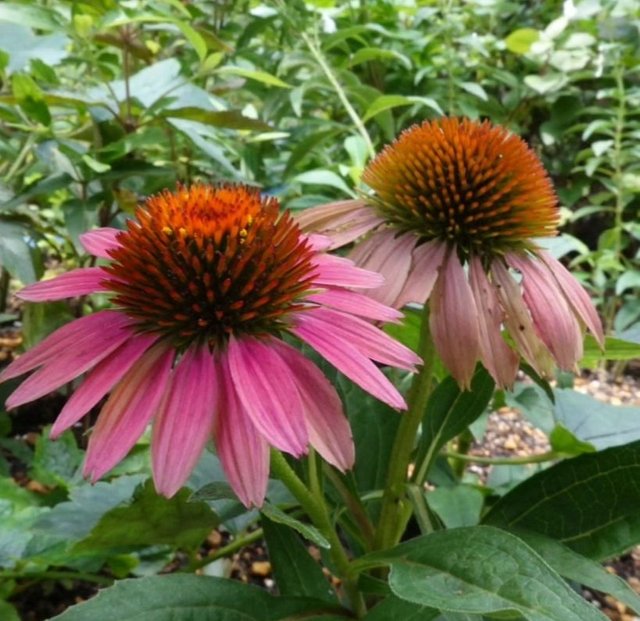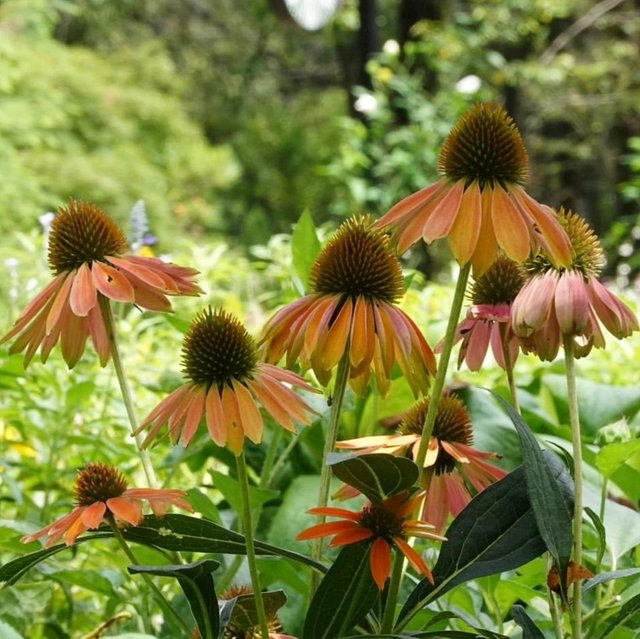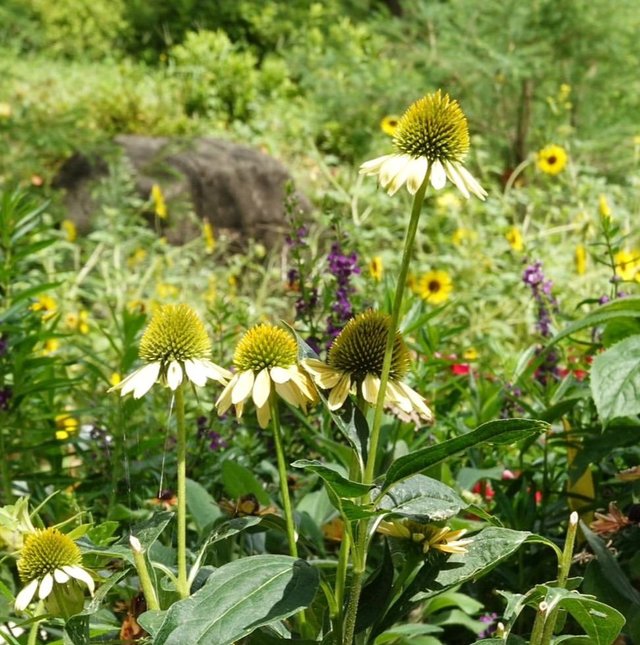Wonderful Colour Purple Coneflower
The Purple Coneflower: A Comprehensive Guide
The purple coneflower, scientifically known as Echinacea purpurea, is a captivating plant that has long enchanted gardeners, herbalists, and nature enthusiasts alike. Belonging to the daisy family, this perennial herb is native to North America, specifically thriving in the prairies and woodlands of the central and eastern United States. With its vibrant purple petals and unique cone-shaped centers, the purple coneflower is as visually striking as it is useful in traditional medicine.
Botanical Description
The purple coneflower is characterized by its daisy-like appearance, with bright purple, pink, or lavender petals that radiate outward from a spiny, orange-brown central cone. This cone, which gives the plant its name, is made up of many small seed heads and has a rough, almost bristly texture. The flower can grow anywhere from 2 to 4 feet tall, depending on the variety and growing conditions.
The leaves of Echinacea purpurea are dark green and ovate, with a rough, sandpaper-like texture. They are arranged alternately along the stem, adding to the plant’s robust appearance. The stems themselves are strong and upright, helping the plant hold its shape even in windy conditions.
Varieties of Echinacea
While the purple coneflower is the most well-known species, it is only one member of the Echinacea genus, which includes about 10 species. Some notable varieties include:
Echinacea pallida: Known for its pale purple flowers with thinner petals.
Echinacea angustifolia: Often used in herbal medicine, this variety has shorter petals and is more drought-tolerant.
Echinacea paradoxa: The only species with yellow flowers instead of the typical purple.
Each species shares many of the same attributes but may differ in flower color, size, or medicinal potency.




